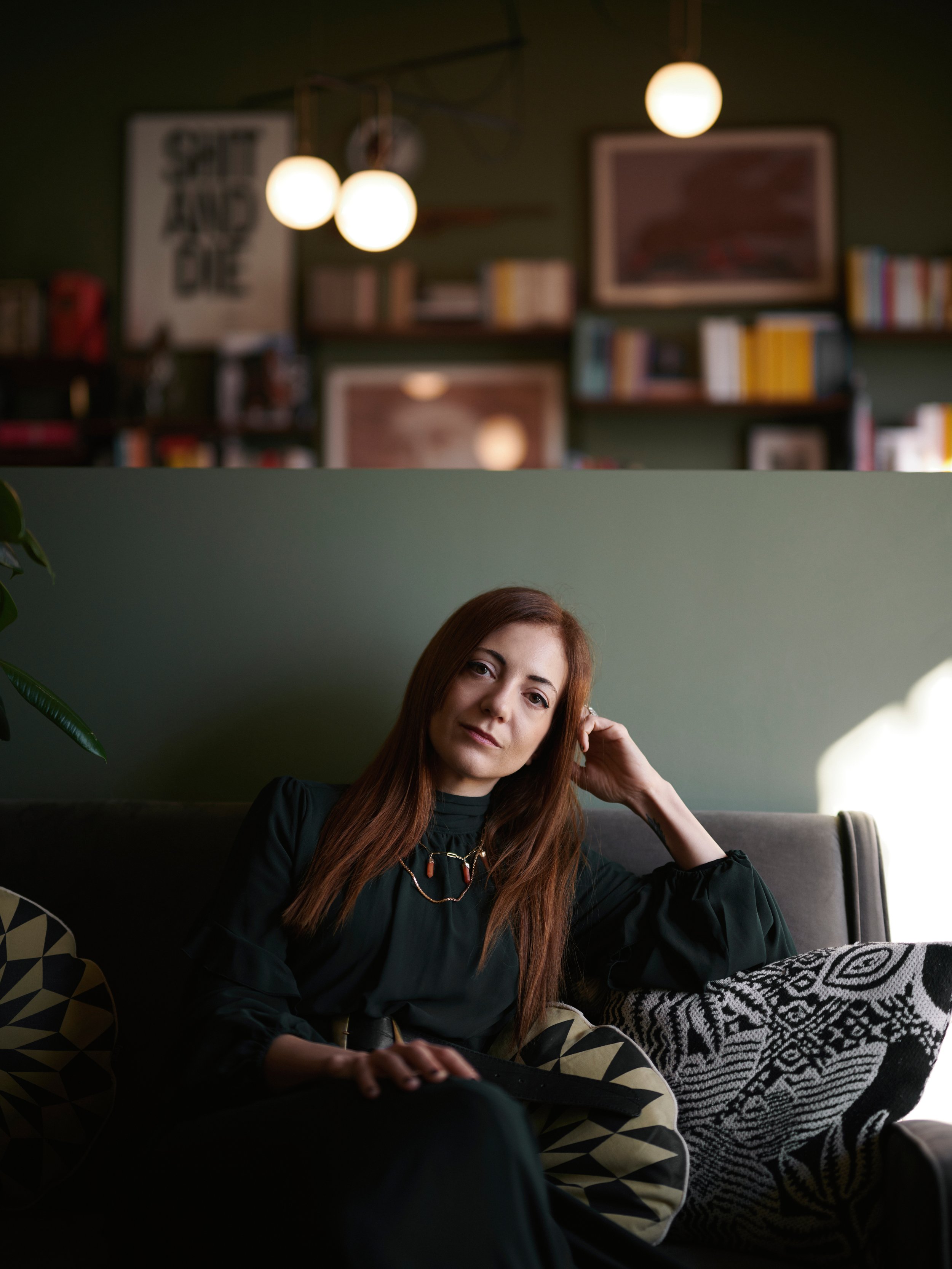Organized chaos
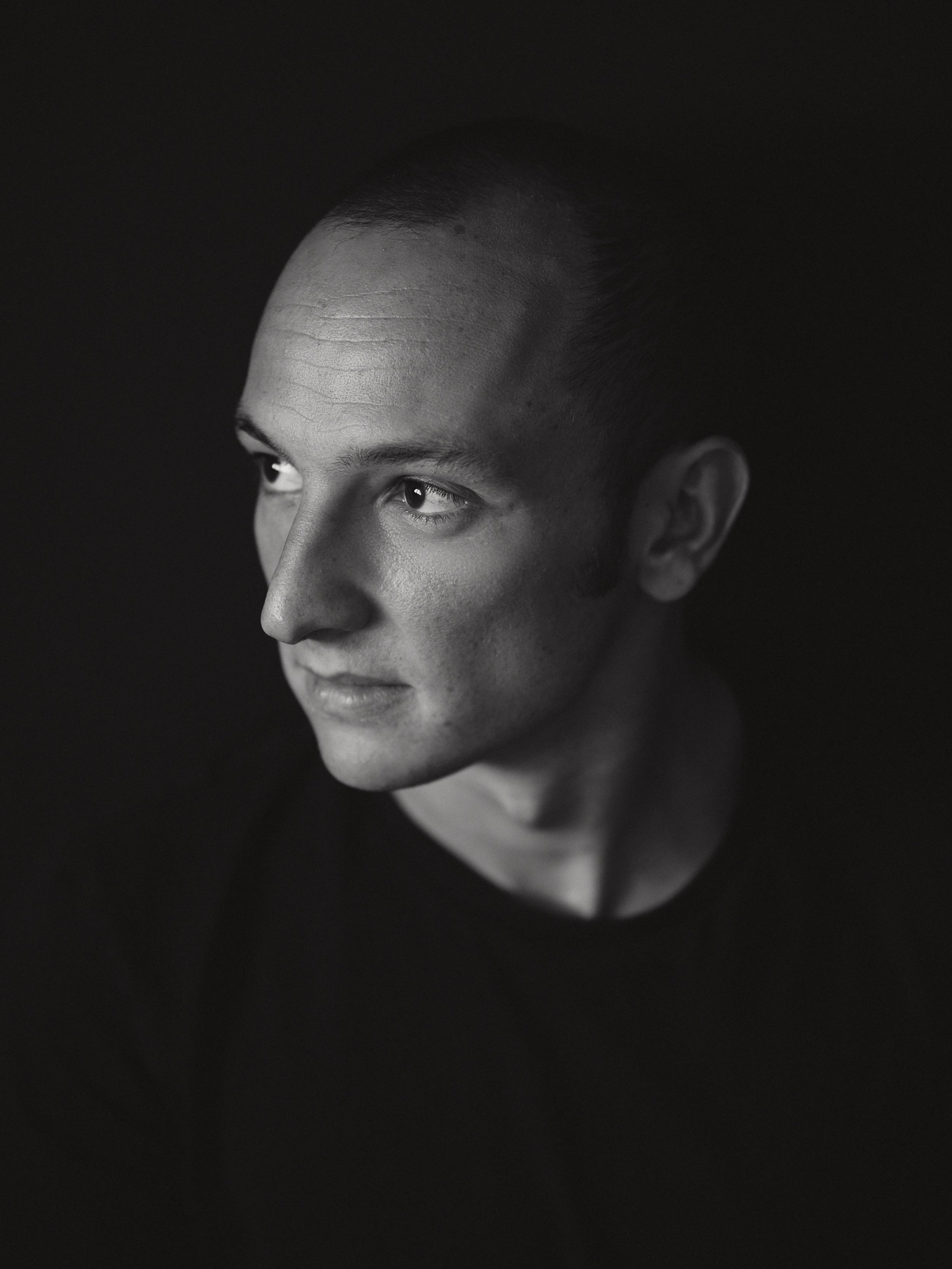
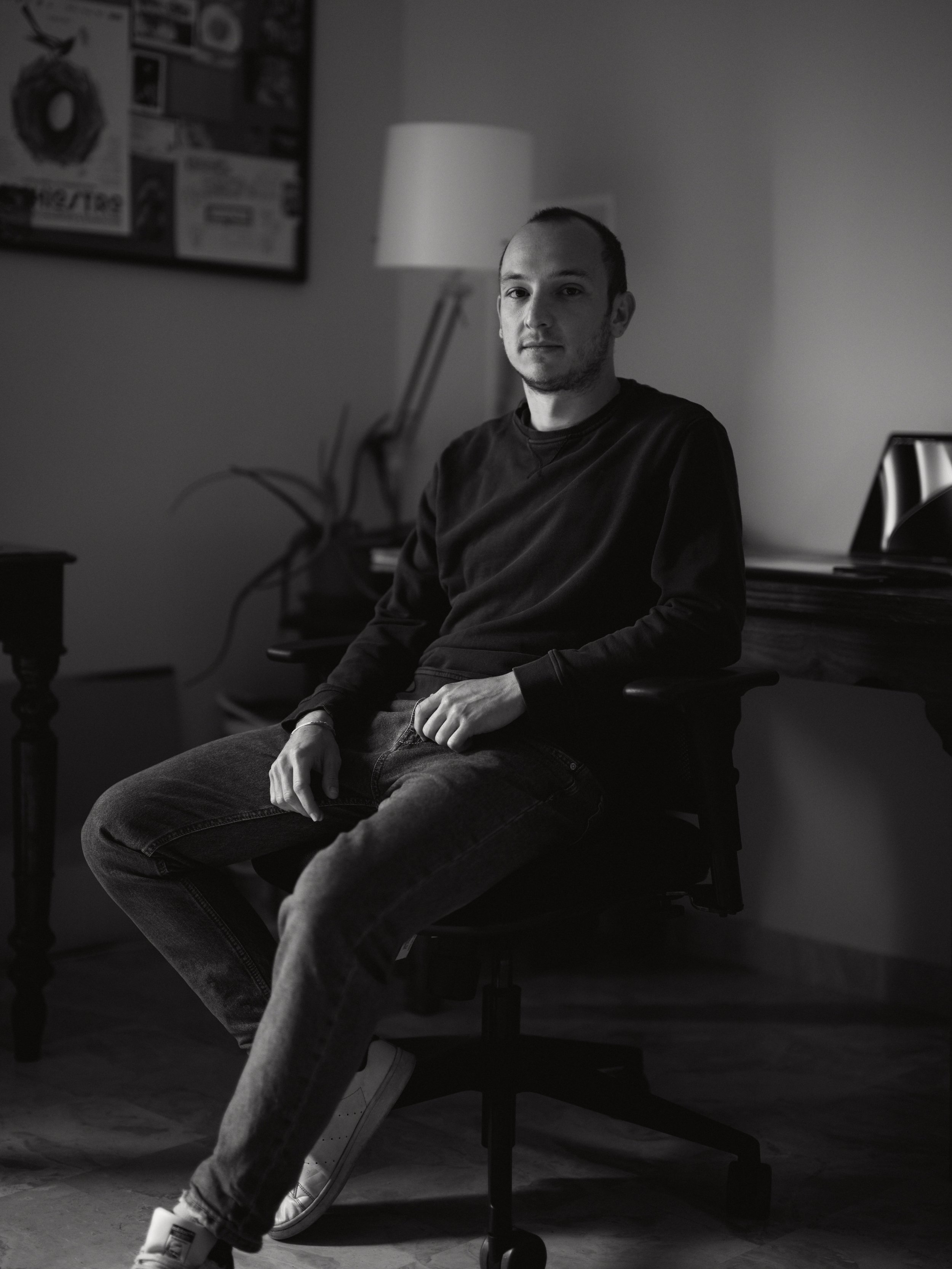
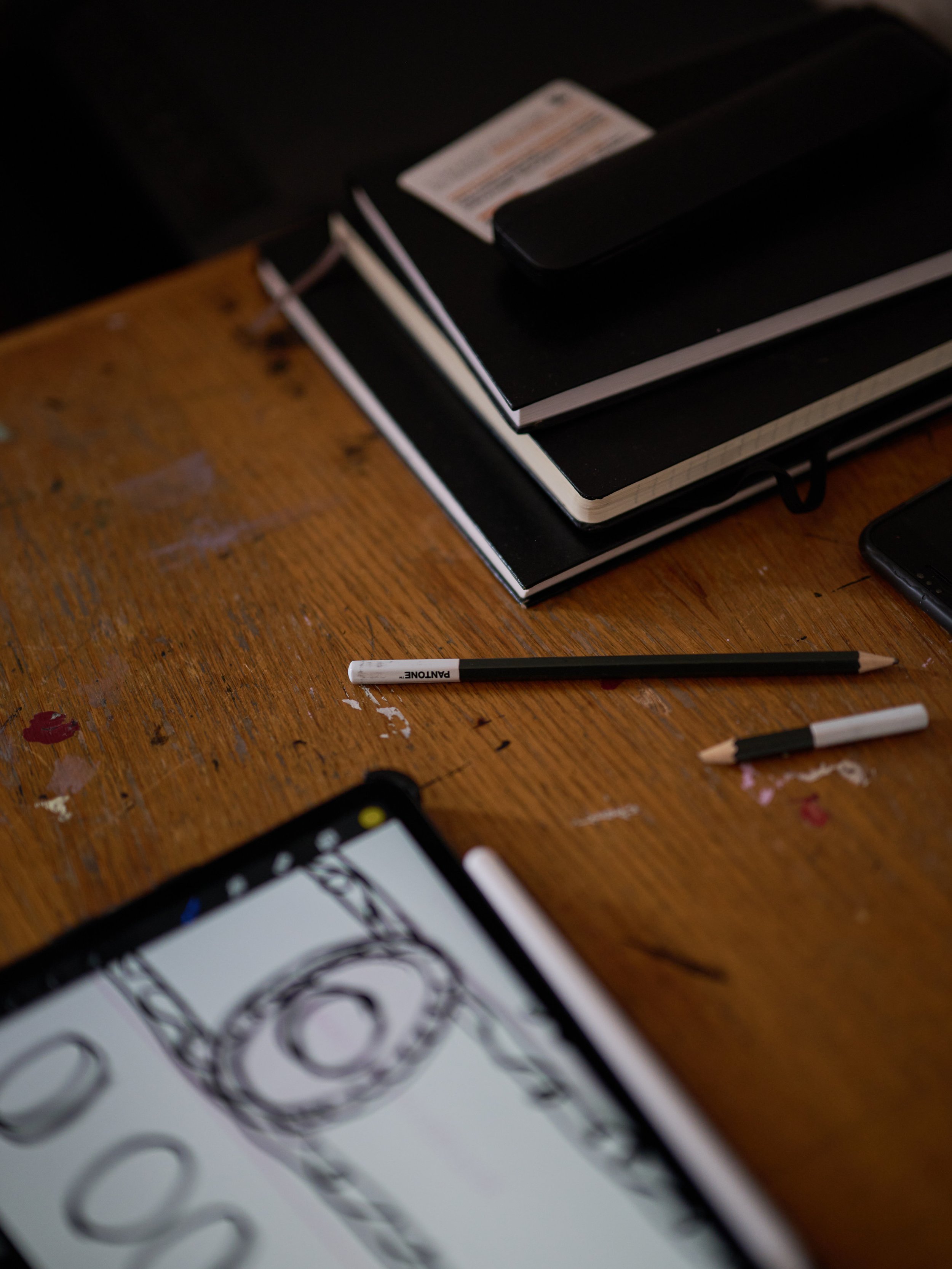
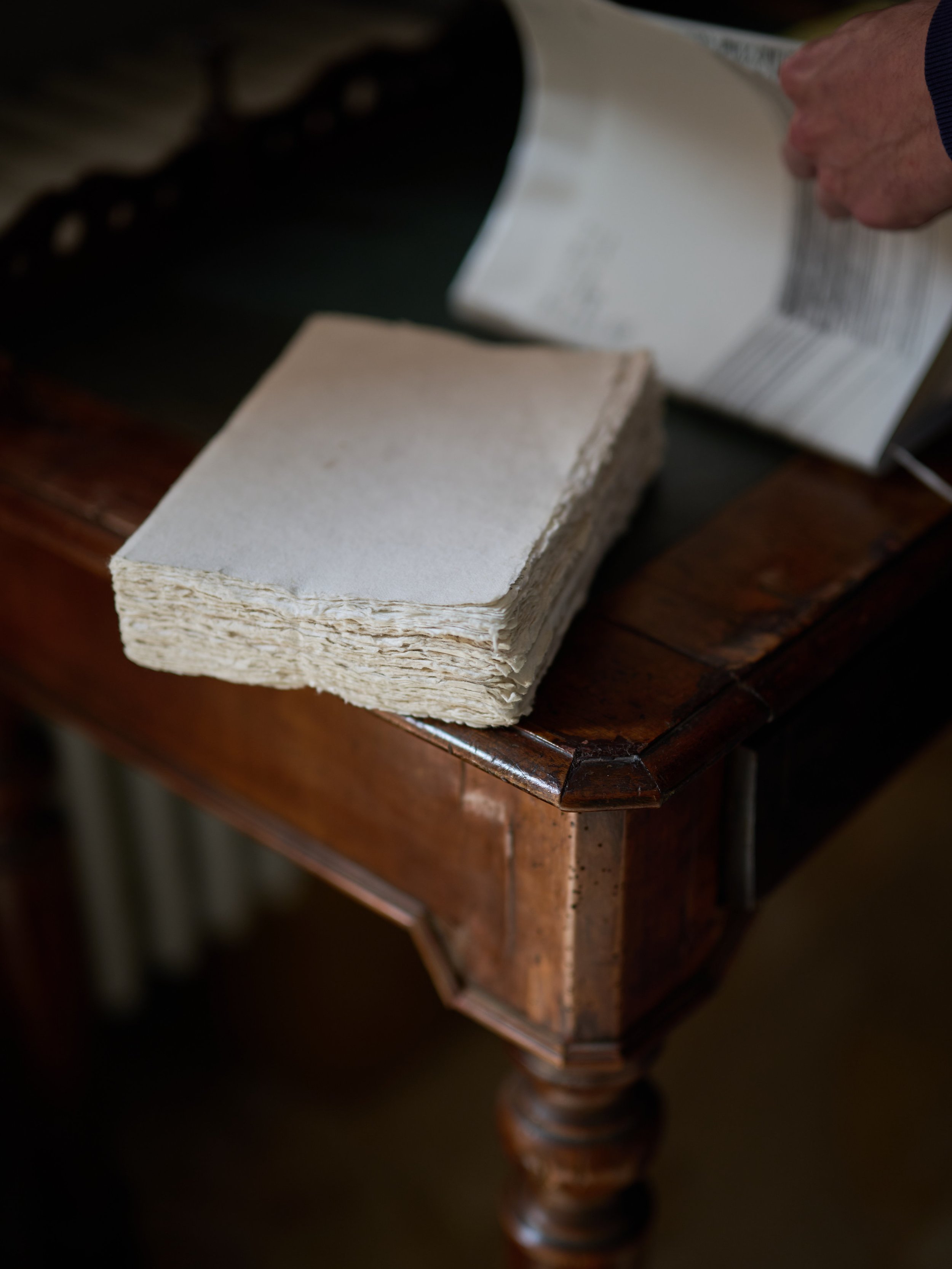
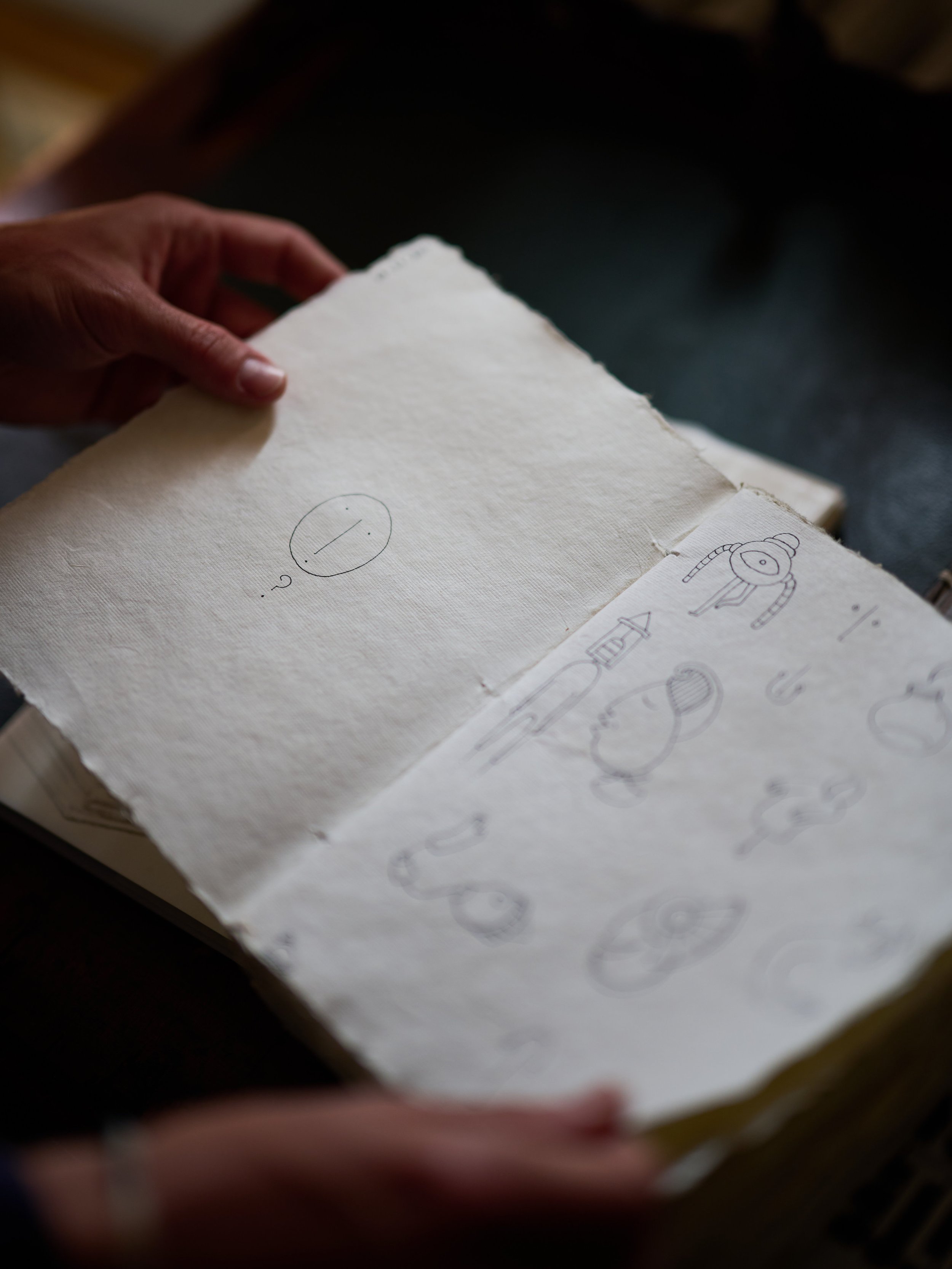
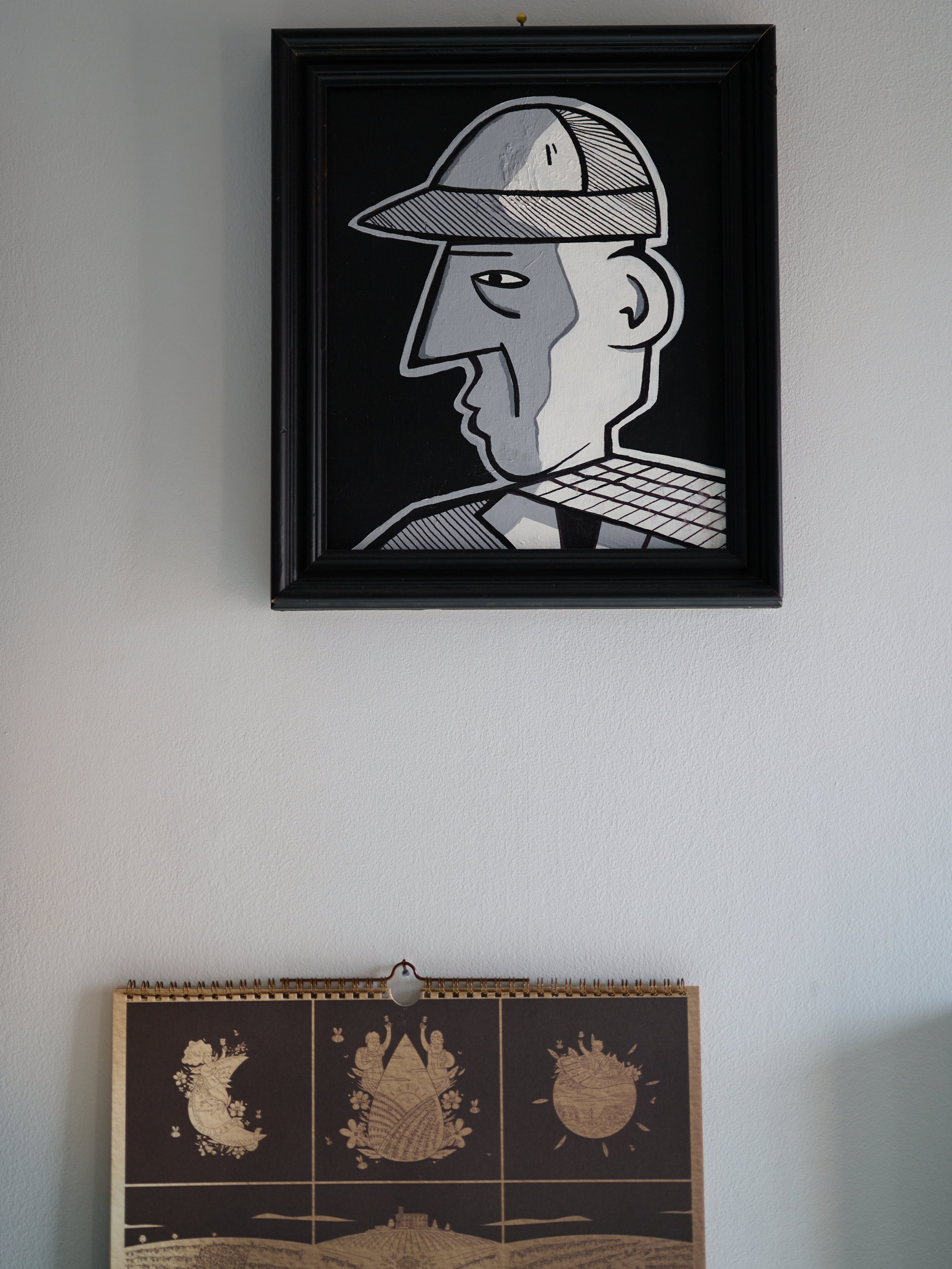
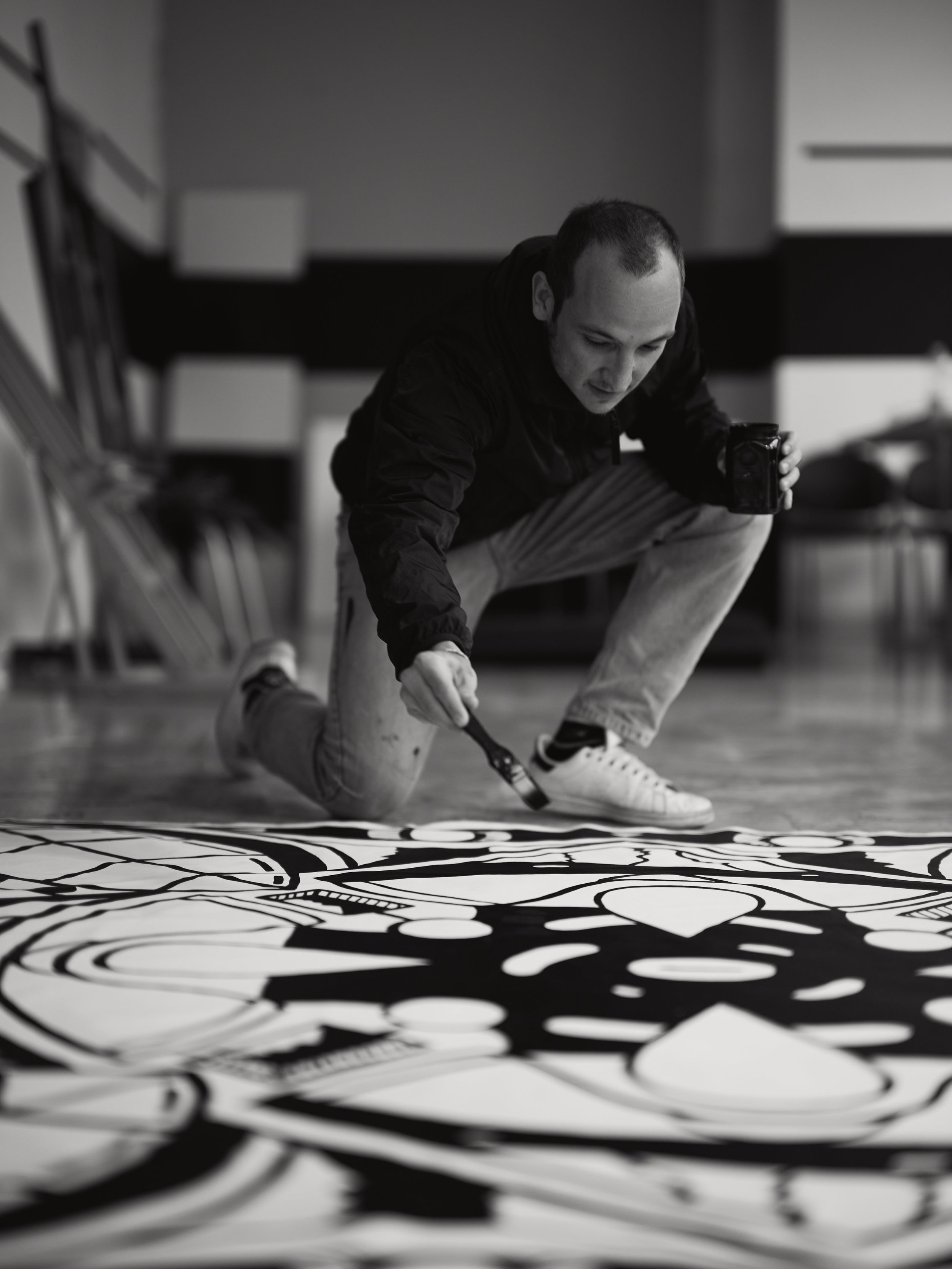
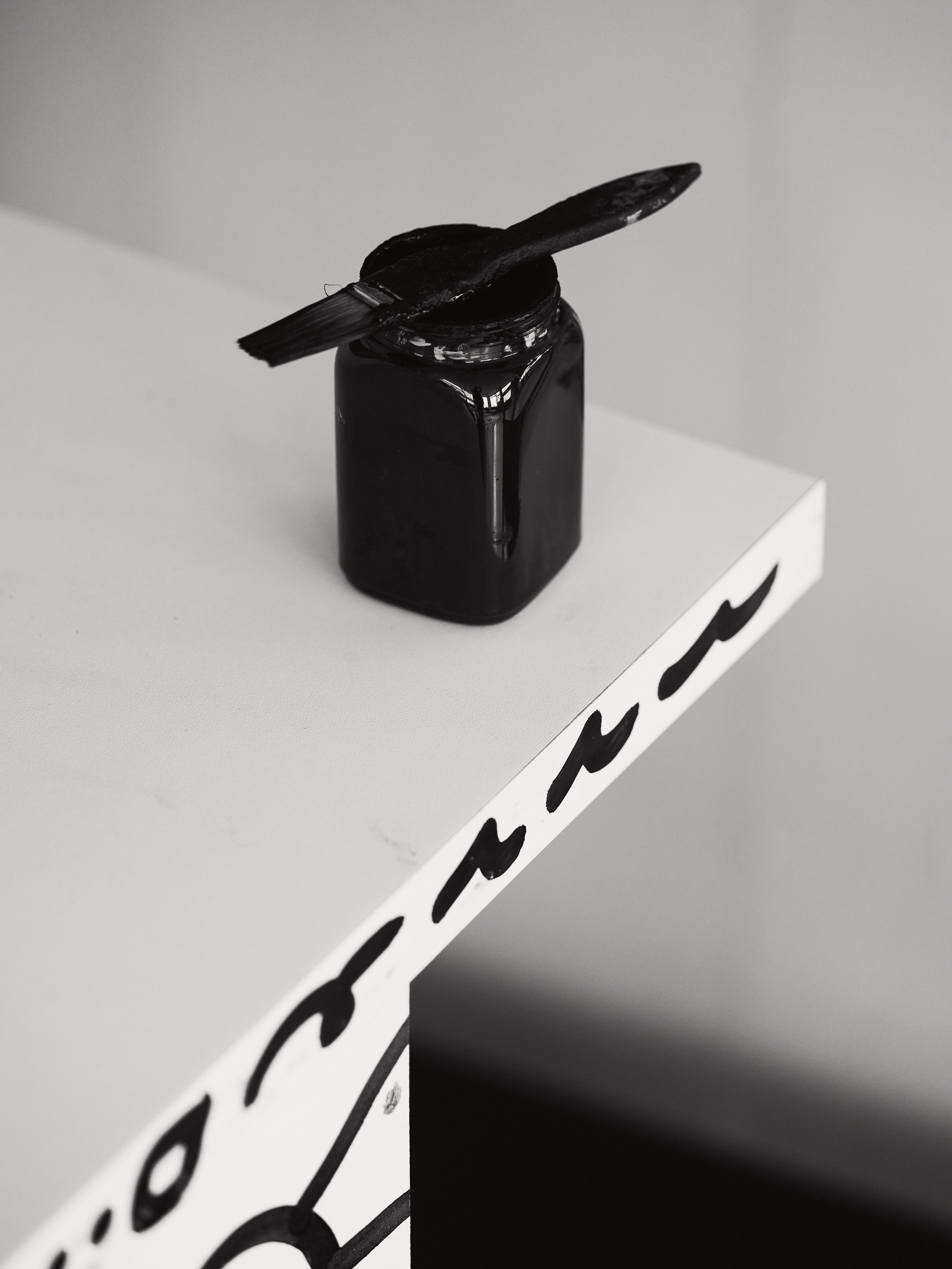
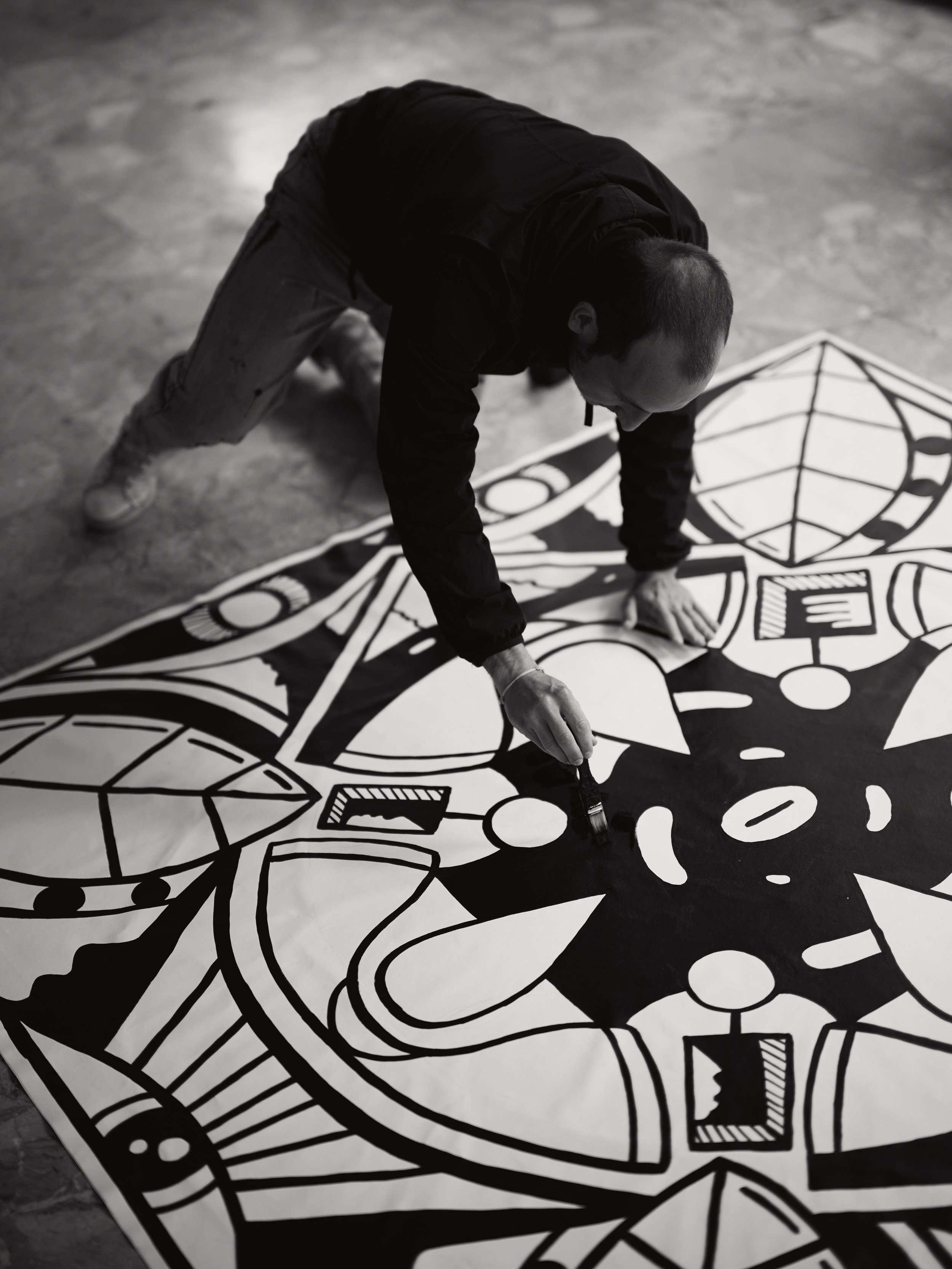
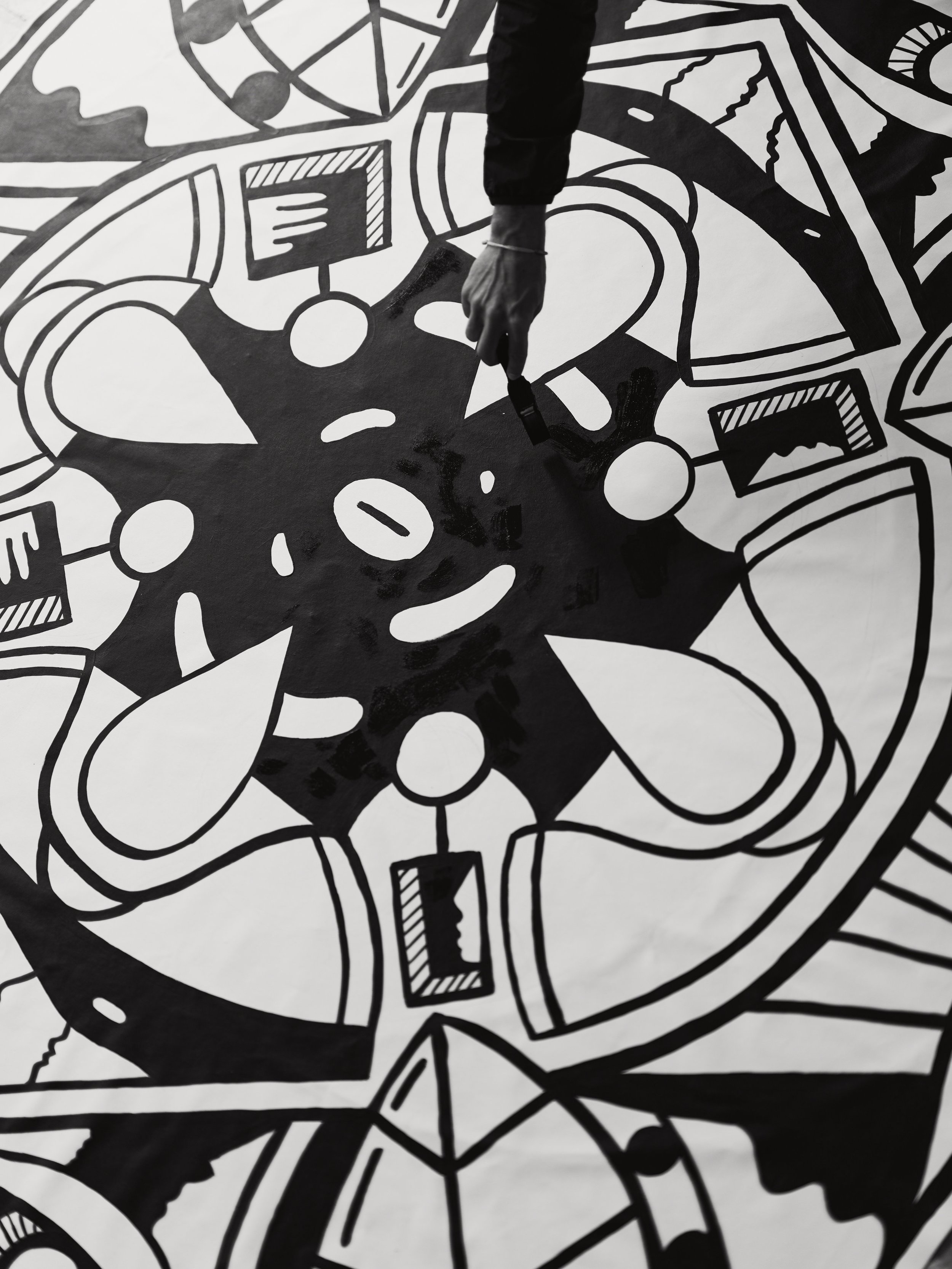

Lele Gastini, born in 1993, is an illustrator living and working in Alessandria, Italy. His works are characterized by the use of black and white and a distinct stroke. For this reason, I wanted to involve him in the creation of a music video that I directed in 2023, for which he carried out a complex animation project. Throughout our creative encounters, we frequently engaged in discussions about the significance of having a well-defined personal style and how it must continually evolve and surpass self-imposed limits.
Photo and video: Lorenzo Morandi
Conversation: Lorenzo Morandi, Lele Gastini
LM: Much of your work begins with the observation of urban reality, often depicting Alessandria, your hometown. How does the creative process unfold?
LG: I love the city I live in and was born in. I always try to look at it with curious eyes, discovering ever-new details. In the creative process, it's my subconscious at work: when I depict urban lines and forms in my drawings, I synthesize, transform, and break them down according to my aesthetic needs and desires. I often use real images that I reinterpret to suit my taste.
LM: Your works are narratives, incorporating recognizable elements from the city and your experiences. What you represent has a strong connection to your personal story. What were the pivotal moments in your creative journey?
LG: In 2016, my father gave me the opportunity to create a piece for a well-known bar in the city center. I proposed portraying my vision of the city skyline. It involved extensive research and composition, followed by the creation of vector images. This marked the beginning of using a graphics tablet, allowing me to work in the studio on illustrations of virtually infinite dimensions. It complements traditional manual techniques, which I still use to draw directly on the walls of other venues in the city. After my university years in Milan and returning to freelance work in the city, I refined both digital and painterly techniques, narrating places, stories, and emotions typical of our region.
LM: The choice to primarily work in black and white gives your work a strong graphic force. How did you arrive at this visual language?
LG: Black and white has always fascinated me. Great modern and contemporary artists have explored its multiple forms, and I wanted to continue that exploration. I remember, during a dark winter afternoon in high school, filling a sheet with doodle-style patterns and intertwined drawings. From then on, I never stopped. I never had a particular fondness for color. Black and white, with the ink filling every space, creating psychedelic and detailed textures, captivates me like no other technique. A single stroke, a single tool, and many worlds to narrate: that was the beginning of a love that remains strong today, even though color has, on occasion, entered my work.
LM: Having such a recognizable style is a strength. Have you ever felt limited by this expressive choice?
LG: In the first ten years of work and personal exploration, it was the strength that brought me to where I am today. Having a recognizable style undoubtedly facilitated my journey. Only now, in a still very stimulating moment, do I understand that it can be a limit, a boundary to consider as a challenge and opportunity for improvement. I evolve as an illustrator by never replicating the same visual impact; inevitably, I adapt my works to the requests of the market or the collector, and I enjoy being versatile. I aim to maintain visual coherence in all my works, but I don't want to impose impassable limits.
LM: What connection do you think exists between your identity and the coherence of your work? How do they influence and develop over time?
LG: I am sociable; I enjoy interacting with people and places, which I consider necessary elements for artistic production. A sort of social and creative "horror vacui" distinguishes me and my works, an organized chaos like our planet, like our brains, contributing to the birth of my most personal works. There is a strong link between what I represent through drawings and my ideas about the world, the breakdown of forms and attention to different perspectives, dynamism, and detail care as mental and graphic forms. Over time, the forms have become more real, sometimes very recognizable, sometimes completely abstract, but the reference to reality strengthens with the passing years. Symbols, meanings, and messages have changed, just as forms and elements have become more defined and intricate, in parallel with my identity.
Related stories


